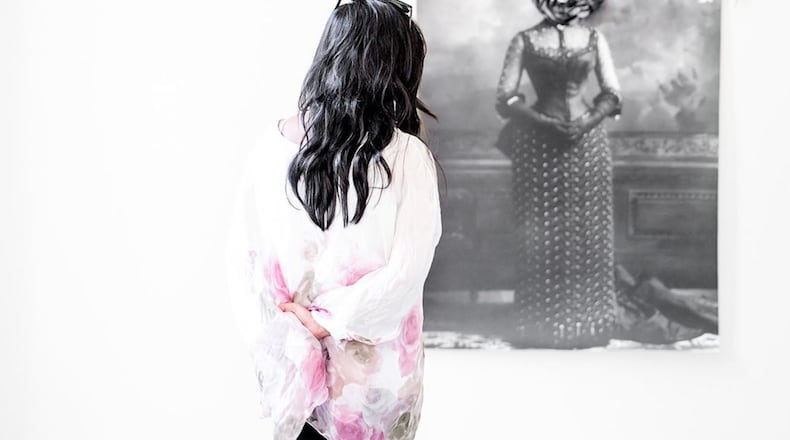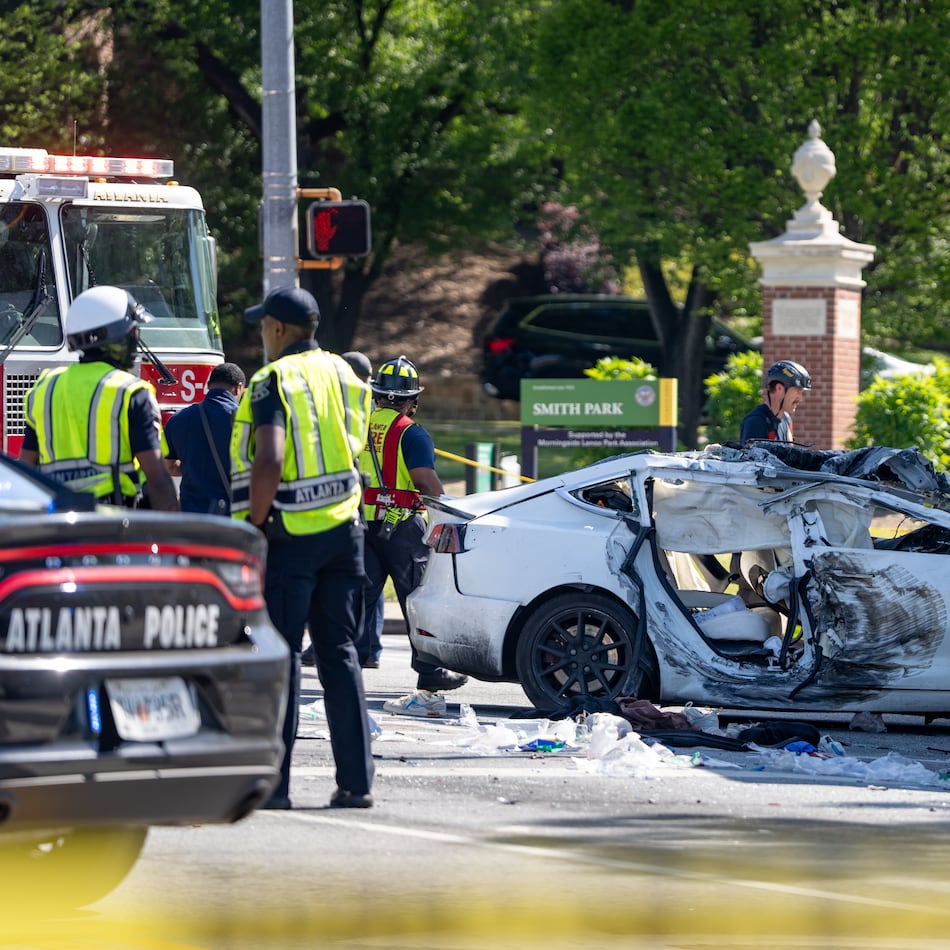The coronavirus and our shared quarantine has inspired introspection in many of us: how do we want to live? What are our values? What gives us meaning and fulfillment?
I’ve been doing my own professional navel-gazing lately, pondering my role as an art critic. With no gallery or museum shows, the art scene is on pause. And it’s the first time in over 25 years I’m not writing criticism.
Criticism goes way back for me, to my undergraduate days. We’d sit for hours in film classes analyzing “Casablanca” or “High Noon.” There was always one malcontent in every class who would complain mightily about our close readings. “It’s just entertainment!” someone would inevitably huff, as if we were a bunch of pseudoscientists torturing bugs under a microscope when we should be kicking back with a tub of popcorn and just enjoying the show.
So let’s just say “you’re reading too much into that” has never been a part of my vocabulary. Film criticism or art criticism is a way of paying close attention when everything about the modern world we occupy is encouraging us to divide our attention, to just make a cocktail and channel surf.
For me, thinking about the visual world is one of the most meaningful experiences human beings can have. Art has the power to take us out of the occasionally dull slog of our daily lives and connect us to other people and ideas beyond making money or figuring out what’s for dinner. It’s quarantine for your brain. When a person pauses and assumes a different perspective, whether it’s an artist’s or a critic’s, then they are exercising empathy. And that’s an ability that can atrophy if we don’t continue to use it. We have openness, curiousity and empathy as children, but many of us lose those attributes somewhere along the way to adulthood. Not being able to see life through the eyes of someone else is a tragedy.
Writing about art connects me not just to artists, but to many of my writing heroes; art critics like Jerry Saltz, Susan Sontag, John Berger and Dave Hickey who are also deeply engaging writers. They carry you along on charisma and the galivanting journey of their essays with detours into film, music and pop culture, politics and, sometimes, their own lives.
Far from the siloed elites that critics are often painted as, those writers are democratic to their core for embracing the totality of human experience. I think many people assume critics are self-appointed arbiters of “good” taste whose goal is to argue for the superiority of their own worldview. But anyone who looks at art knows that it is a uniquely subjective exercise and that no opinion is definitive. Time’s influential critic, Robert Hughes, thought Jean-Michel Basquiat stunk, and modernism’s most famous critic, Clement Greenberg, was fairly lukewarm on pop art. Everyone has their blindspots, including art critics who have a history, like museums, collectors and auction houses, of skating over the contributions of non-white and female artists.
So, art criticism offers one take on a work of art. It’s up to the audience to decide if they buy it. To me, art criticism is a three-way conversation: between the artist, the critic and the reader. The meaning of art is formulated in those interactions.
The navel-gazing we are all doing right now is important too. Many of us have slowed down to connect with our families, with the change of the season, with the pleasure of making a meal at home, listening to the bird song outside or teaching our children — pleasures that we can lose sight of in the mad rush of daily life. That contemplation is, to me, a lot like art criticism, which also asks that we silence the crazy fracas of distractions and to-do lists buzzing in our minds. It asks us to slow down and connect.
About the Author
The Latest
Featured


